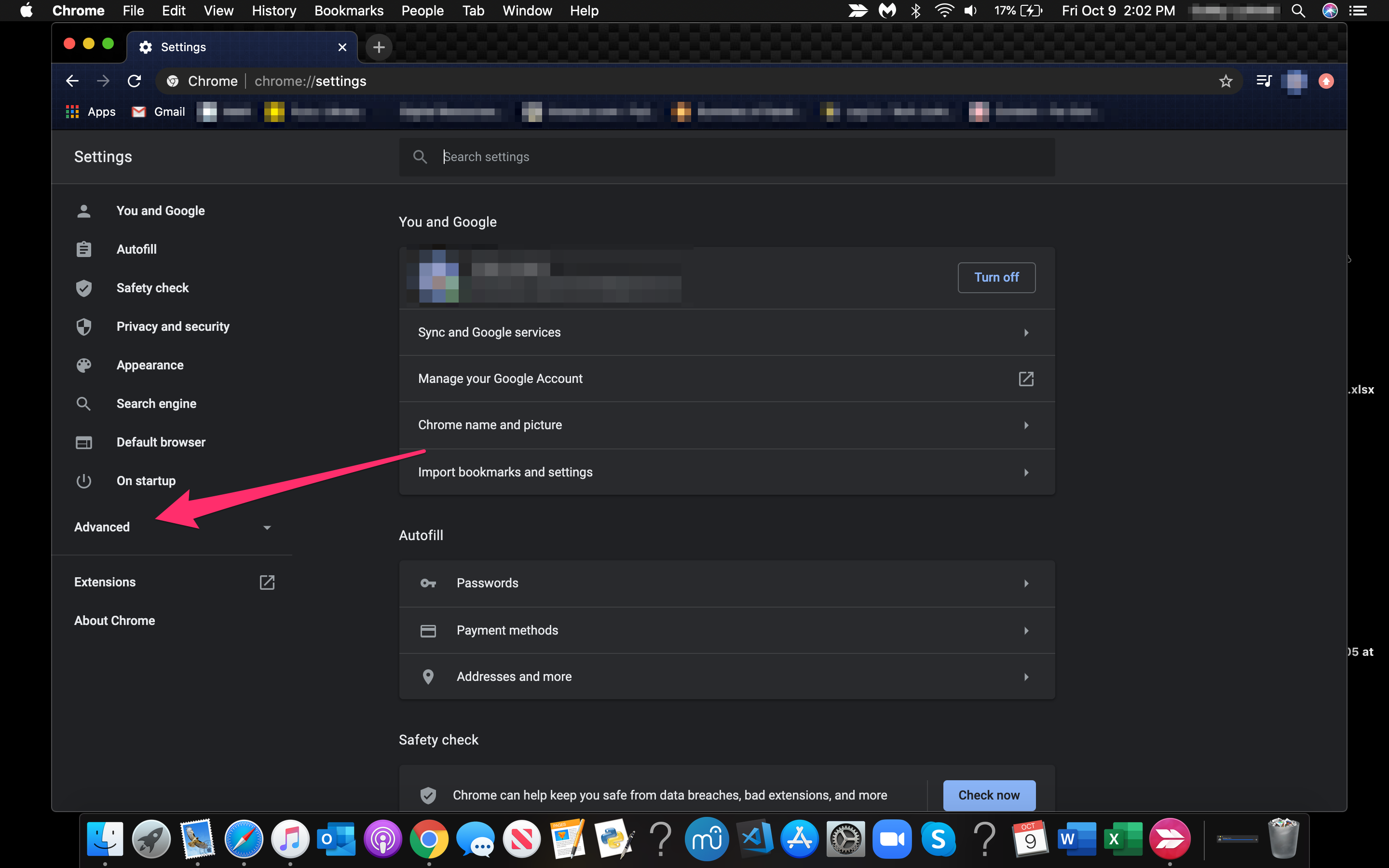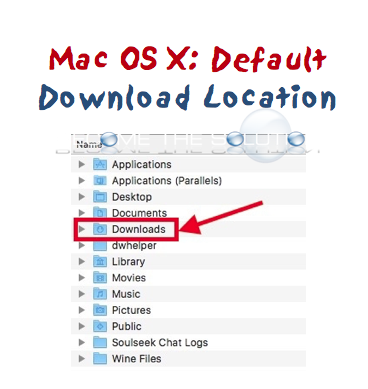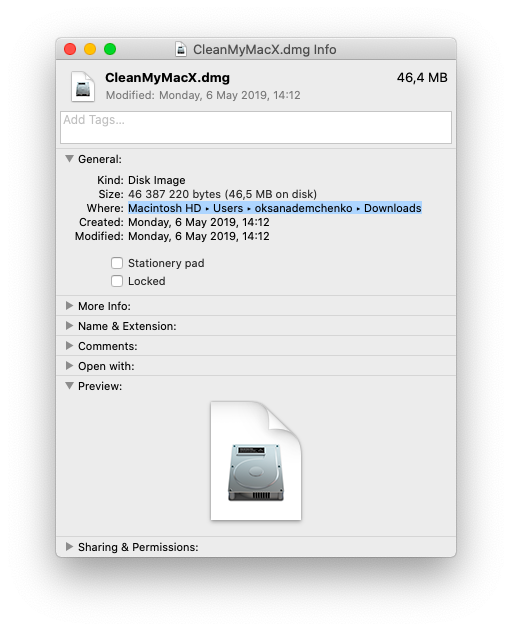- Mac Os X Move Downloads Folder To Another Drive
- Mac Os X Downloads Folder Windows 10
- Open Download Folder Windows 10
- Mac Os X Catalina Download Location
- Mac Os X Downloads Folder Settings

Take a look at the Downloads folder and the Safari Downloads window. Learn how to locate files you have downloaded and keep the Down.

You can easily change the Downloads folder location on Mac OS X.
- MacOS Big Sur elevates the most advanced desktop operating system in the world to a new level of power and beauty. Experience Mac to the fullest with a refined new design. Enjoy the biggest Safari update ever. Discover new features for Maps and Messages. And get even more transparency around your privacy.
- Using it to recover the deleted download folder on Mac is as simple as 1-2-3! Selecting a disk. To recover deleted files on Mac, you can select the hard drive partition where you lost your important downloads. Scan for deleted files. Recoverit will start scanning deleted files, which will display some recoverable files after the.
Why Move Downloads Folder?
There may be different reasons why people want to move their Downloads folder location.
These days many of the Apple Macs come with solid state drives (SSD) which are not as large in volume/capacity as the hard disk drives (HDD) used to be. For example, the standard Macbook Pro Retina comes with 256GB of SSD space. Some of that is used for the operating system and then you are left with very little for photos, downloads, files, apps, etc.
As a result of new Macs with smaller internal storage, you may want to move your Downloads folder to another volume such as an external drive, flash drive or SD card connected to your Mac. Yes, you can move your downloads folder permanently to another volume like this.
How To Move Mac OS Downloads Folder
Follow these steps to move your Downloads folder on Mac OS to another location:
1. Create New Downloads Folder
Go to the location where you want your new Downloads folder to be and create a folder named “Downloads“.
For example, I have an external drive plugged into USB where I want the Downloads folder to be. So I find my external drive in Finder and create a new “Downloads” folder there.
2. Copy Existing Downloads Over
If you want to keep your existing downloads, you’ll need to copy it over.
Simply use the Finder app to drag and drop the contents of the existing Downloads folder to the new Downloads folder.
3. Delete Old/Default Downloads Folder
In order to create a symbolic link in step 4 below, you’ll need to delete the old/default Downloads folder in Mac OS. It may not be possible to delete the old/default Downloads folder in Finder directly due to permissions on the folder so you’re better off doing it in the Terminal using sudo command.
Open the Terminal app and type the following command followed by your password for your account:

Note that this deletes your old/default Downloads folder with all it’s contents.
4. Create Symbolic Link
Next you’ll create a symbolic link from the default Downloads folder in Mac OS to the new one in the other location.
Open the Terminal and type the following command:
Note that command creates a link (ln command) between a target and source directory. The -sparameter creates a symbolic link.
Be sure to change /Volumes/My Passport 1/Downloads/with the absolute path to your new Downloads folder you created in the new location. In my case, Mac OS gave my external drive the path /Volumes/My Passport 1/and then I add the /Downloads/part to the path in the command. The backslashes in the path is simply to escape the spaces in the folder name of the external drive.
If you’re not sure what the path to the new location is and you’re using either an internal or external storage, you can use the Disk Utility app in Mac OS to determine the mount point.
Mac OS Downloads Folder Moved!
That’s it, you’re all done moving your Mac OS Downloads folder.
The symbolic link you created in step 4 will ensure that any applications putting downloads in the old location ~/Downloadswill go to the new Downloads folder in the new location so that you don’t have to go and edit the Downloads folder in individual applications.
Mac Os X Move Downloads Folder To Another Drive
Every Mac user knows the Dock—it sits at the bottom of the screen, giving you quick access to your favorite and currently open apps and folders. Using the Mac Dock shortcuts, you can launch Finder and Launchpad, throw files into the Trash folder, as well as access your Downloads folder directly.
To keep your Dock icons tidy, you can begin to categorize the apps onto your Dock into shortcut folders. This will let you organize the Dock better, reducing clutter and letting you focus on your most important apps. Here’s how you can create Mac Dock shortcuts quickly, as well as some tips on how to use the Dock more effectively.
Customizing Mac Dock Shortcuts
Mac Os X Downloads Folder Windows 10
Before you begin adding Mac Dock shortcuts, you should customize it to suit your needs. You can change the size of the Dock, including the size of the icons, as well as reposition the Dock from the bottom to the left or right side of your screen. You can also set the Dock to automatically hide when you’re not using it.
- To access the settings for the Dock, right-click the Dock area and click Dock Preferences. Alternatively, click the Apple menu in the top-right, then click System Preferences > Dock or launch System Preferences from the Launchpad.
- Modify the sliders to increase the size of your Dock app icons, or use the radio buttons to change the position of the Dock. Click the Automatically hide and show the Dock checkbox if you want the Dock to disappear when it isn’t being used.
Once you’ve made your changes, close the Dock settings window. The changes you make will be applied automatically.
Adding New Mac Dock Shortcuts
When you first set up a Mac, a few default apps are already in place as Dock shortcuts. These include Launchpad, Finder, and various Apple apps like FaceTime and Photos. Any software that is currently running will appear next to these icons in the Dock.
- To add running apps to your Dock permanently, right-click on an app icon in the Dock, hover over Options, then click Keep in Dock.
- You can also remove surplus apps from your Dock using the same menu. For system apps, right-click the app icon, then click Options > Remove from Dock. For non-system apps, simply uncheck the Keep in Dock icon to remove it.
Open Download Folder Windows 10
Once your app icons are in place, you can move them around using your mouse or touchpad to suit your needs by dragging the icon and moving it to a new position.
Adding New Mac Dock Shortcut Folders
Shortcut folders help you categorize your Mac Dock shortcuts into categories. Work apps, for instance, could be placed in a single folder, while games could be separated into another.
Mac Os X Catalina Download Location
While Dock shortcut folders won’t hide running apps, they can give you easy access to launch any software you run often without cluttering the Dock or having to launch the app from Finder or Launchpad instead.
- To start, open Finder by clicking the Finder icon in the Dock. Head to your Desktop folder, then right-click and press New Folder to create a new folder. Give this a name like Dock Folders. Inside this folder, create another folder (or several new folders) to match the app groupings you want to create on your Dock, giving them a suitable name as you do.
- With your folders created, open a second Finder window by right-clicking the Finder icon, pressing New Finder Window, then open the Applications folder in the left-hand menu. Right-click (or press Control + click) on any app you wish to create a shortcut of, then click Make Alias.
- A new listing for your chosen app will appear in the Applications folder, with the word alias attached to the name. With both Finder windows visible on your screen, drag the alias app from your Applications folder to the shortcut folder you’ve created on your Desktop.
- Repeat the step until you’ve created shortcuts for all of your chosen Dock apps and placed them in suitable folders. Once the Dock shortcut folders are ready, drag the shortcut folders using your mouse onto the Folders area of the Dock, next to your Trash icon.
Mac Os X Downloads Folder Settings
- With the shortcut folder in place, you can access your apps by clicking on the shortcut folder icon and pressing one of the app shortcuts within.
As the Dock shortcut folder is itself a shortcut to a folder, you can open it in Finder to add or remove apps by retracing the steps above. Right-click any app in your Dock shortcuts folder in Finder and press Move to Trash to remove it.
Using Keyboard Dock Shortcuts
If you want to start using your Dock better, then consider using keyboard shortcuts. These time-saving shortcuts will help you interact with the Dock using only your keyboard, saving you the extra time it would take you to use your mouse or trackpad.
- Option + Command + D: Hides the Dock or makes it reappear if it’s already hidden.
- Command + M: Minimizes an open window to the Dock.
- Control + Shift + Command + T: Adds an item in Finder as a Dock shortcut quickly.
- Control + F3 (or Control + Function + F3): Assume keyboard control of the Dock, allowing you to move around it with your keyboard keys.
- With the Dock keyboard control shortcut above used, press the Up arrow to access the Dock menu, or Return to open an app or shortcut folder. With an app icon selected, press Command + Return to open the location of that app or shortcut in a new Finder window.
- To hide all open windows except for the app icon selected, use the arrow keys to select an app icon, then press Command + Option + Return. This will minimize other apps, leaving only your chosen app in view.
How to Use the Dock More Effectively
Adding Mac Dock shortcuts and organizing them into folders is just one way you can use the Dock more effectively on macOS. As we’ve mentioned, you could decide to use macOS keyboard shortcuts to quickly launch apps from your Dock, or customize the Dock to list recent apps in their own folder.
If you’re running Windows, you can install your own third-party Windows app docks instead.